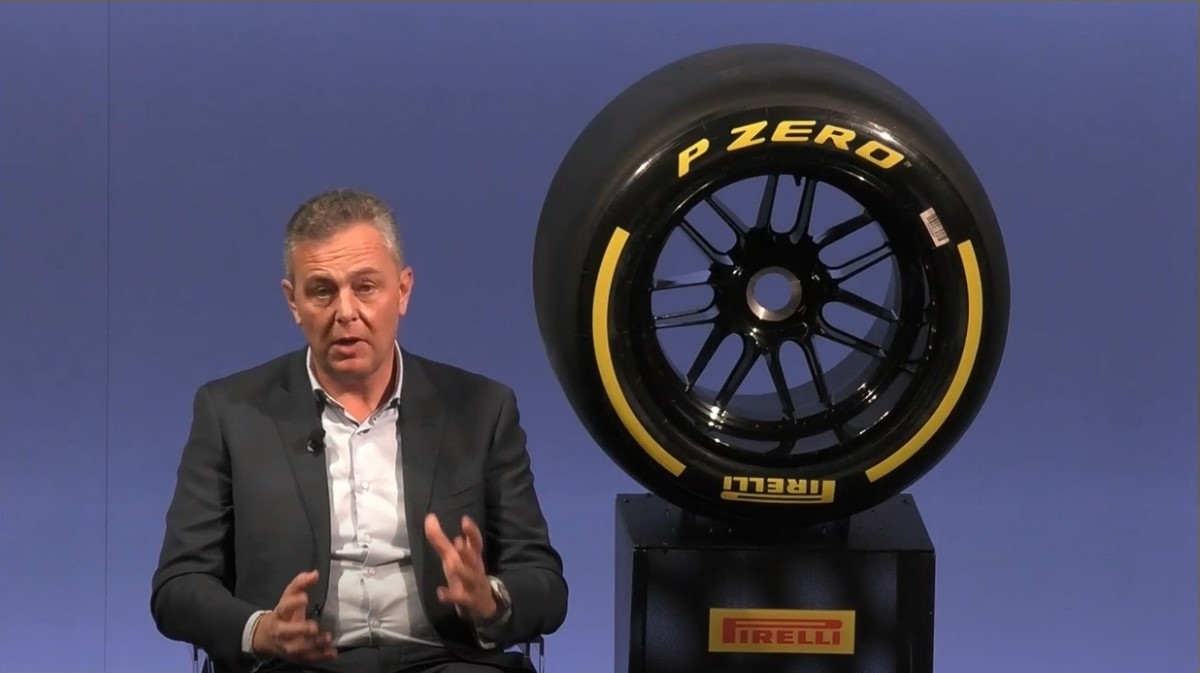F1: 2022 cars not slower than last year’s – Isola
(GMM) This year’s Formula 1 cars will not be significantly slower than the unprecedentedly-fast field of 2021.
While some welcome news that the new ‘ground-effect’ generation of 2022 and beyond should usher in better racing, others worry about earlier predictions of up to 5-6 seconds of comparative lap time loss.
But Mario Isola, boss of F1’s official tire supplier Pirelli, says those predictions are proving wide of the mark.
“We have simulations from the teams and they tell us that the new cars are not much slower compared to last year’s cars,” he told France’s Auto Hebdo.
“In the beginning, we were talking about more than three seconds per lap, but now it’s half a second or a second,” said the Italian.
“So if the season starts with only one-second difference compared to last year, it means that during the season they will probably reach the same level of performance as we had in 2021,” Isola added.
He also said Pirelli’s new 18-inch product for 2022 has ticked every box “the FIA asked for”, including less carcass overheating and more ability for the drivers to attack.
Pirelli is also now working closely with F1’s new sole wheel supplier, BBS.
“We started with them in 2020 when we ran tests with the 18-inch tires mounted on BBS rims,” Isola revealed.
“It was a very useful approach to have this weekly working group meeting to monitor our progress.”
THE TECHNOLOGY IN THE NEW Tires
Formula 1. Formula 1 is about to embark on a technical revolution with Pirelli at the forefront, just as was the case when the championship was first inaugurated in 1950. After more than half a century of 13-inch tires, the size will now increase to 18 inches, playing a key part in the new technical regulations for 2022, which re-introduce ground effect.
The new 18-inch tires were designed from the ground-up, with every element of the tire drawn from a clean sheet of paper: from the profile, to the structure, to the compounds.
The design process took in more than 10,000 hours of indoor testing, more than 5000 hours of simulation, and more than 70 prototypes developed virtually, to eventually create 30 different specifications that were tested by nearly all the teams over more than 20,000 kilometers. The role of the drivers was crucial, with each of them contributing to the development at various points and helping Pirelli arrive at the definitive specifications thanks to their feedback.
The new tires have a wider working range than their 13-inch predecessors, without compromising warm-up. As a result, overheating is limited and degradation is reduced. There are additionally new temperatures for the tire blankets. All the tires will now be heated up to 70 degrees, rather than 100 degrees at the front and 80 degrees at the rear, as was the case previously. The reduction of tire blanket temperatures is part of a plan to gradually eliminate tire blankets over the coming seasons, to help reduce electricity consumption and aid sustainability.
The new 18-inch tires are also more similar to the tires used every day by ordinary motorists, which helps Pirelli to transfer Formula 1 technology onto the road car product.
